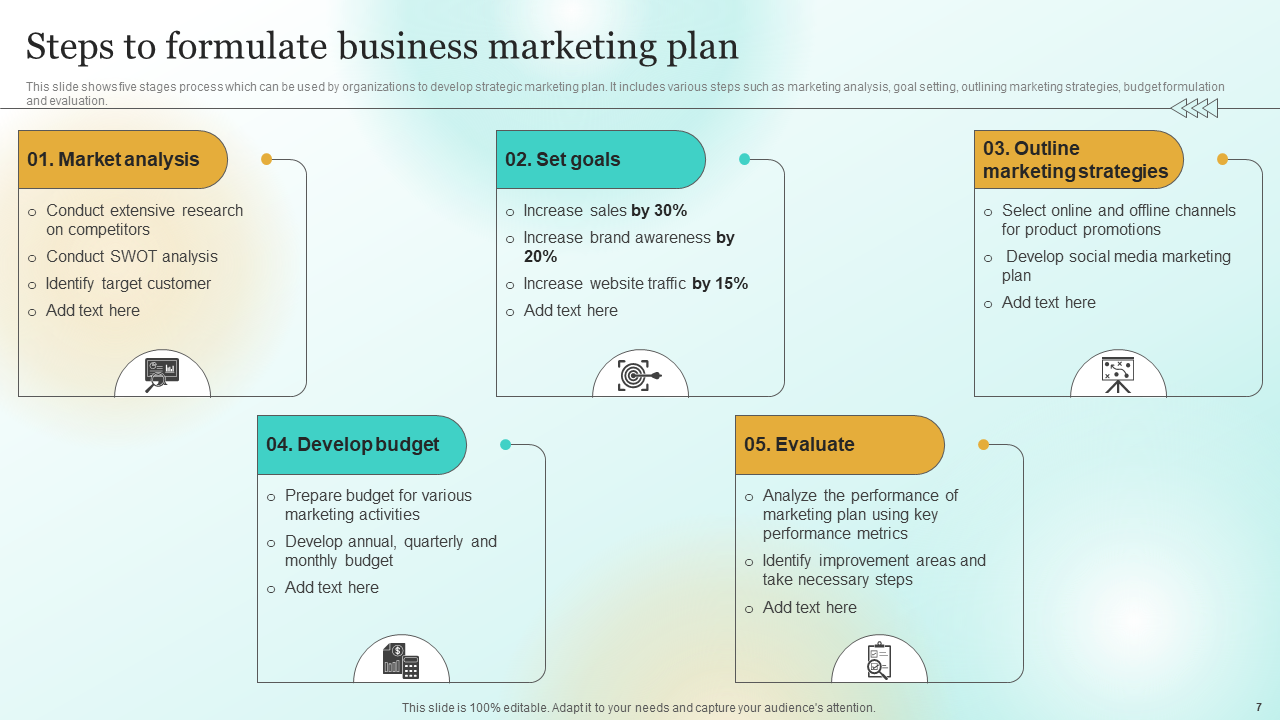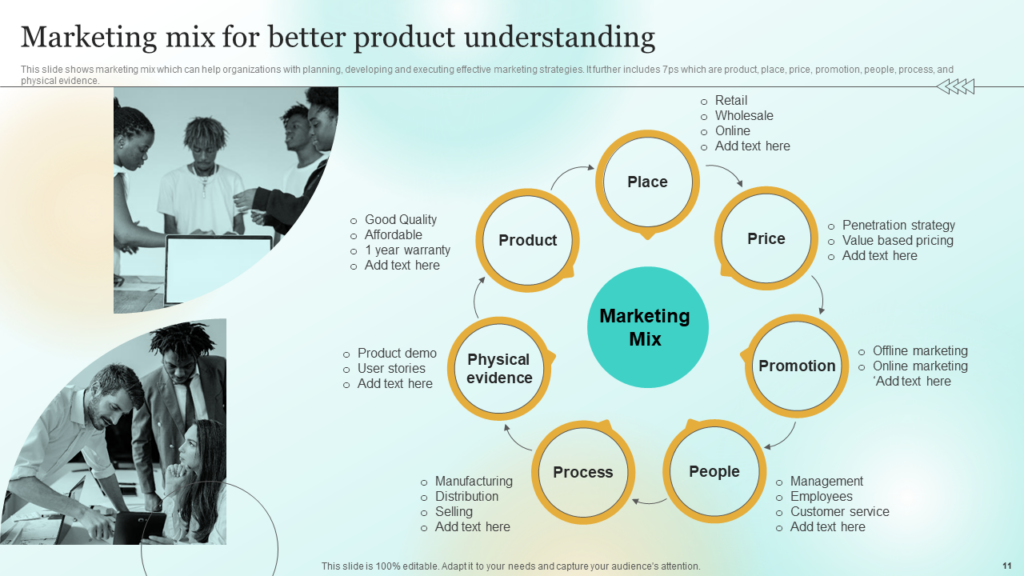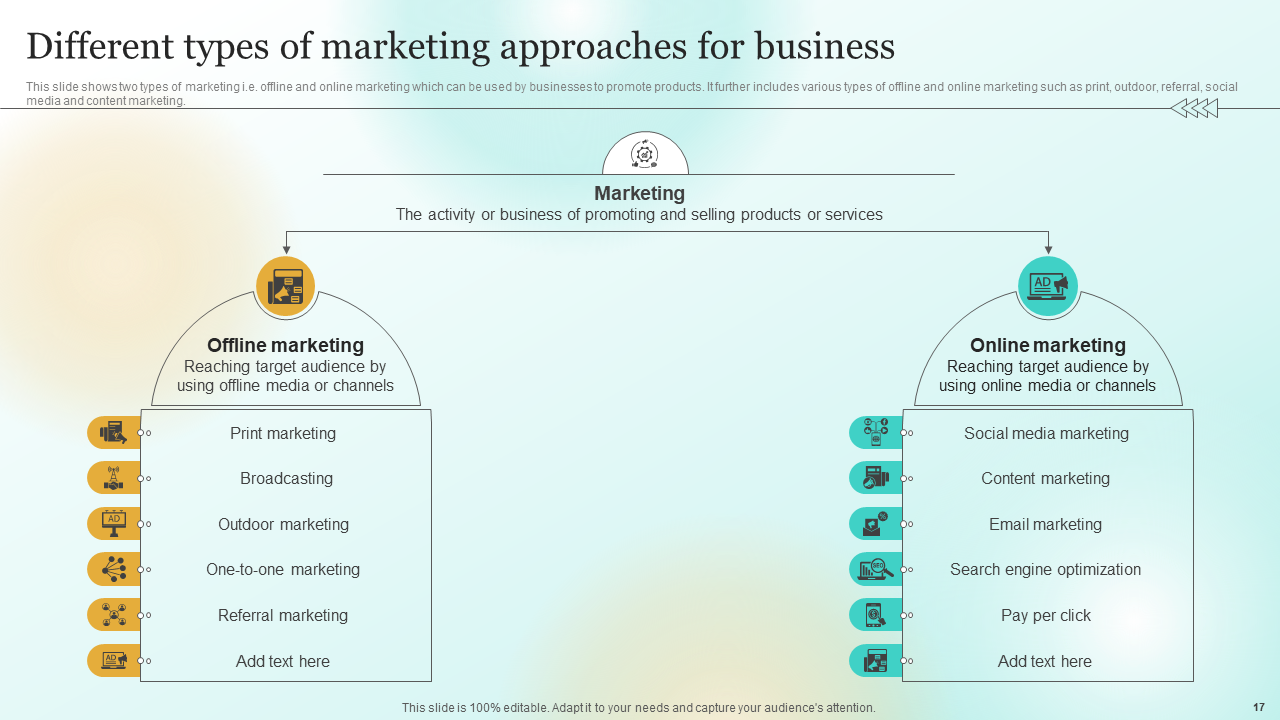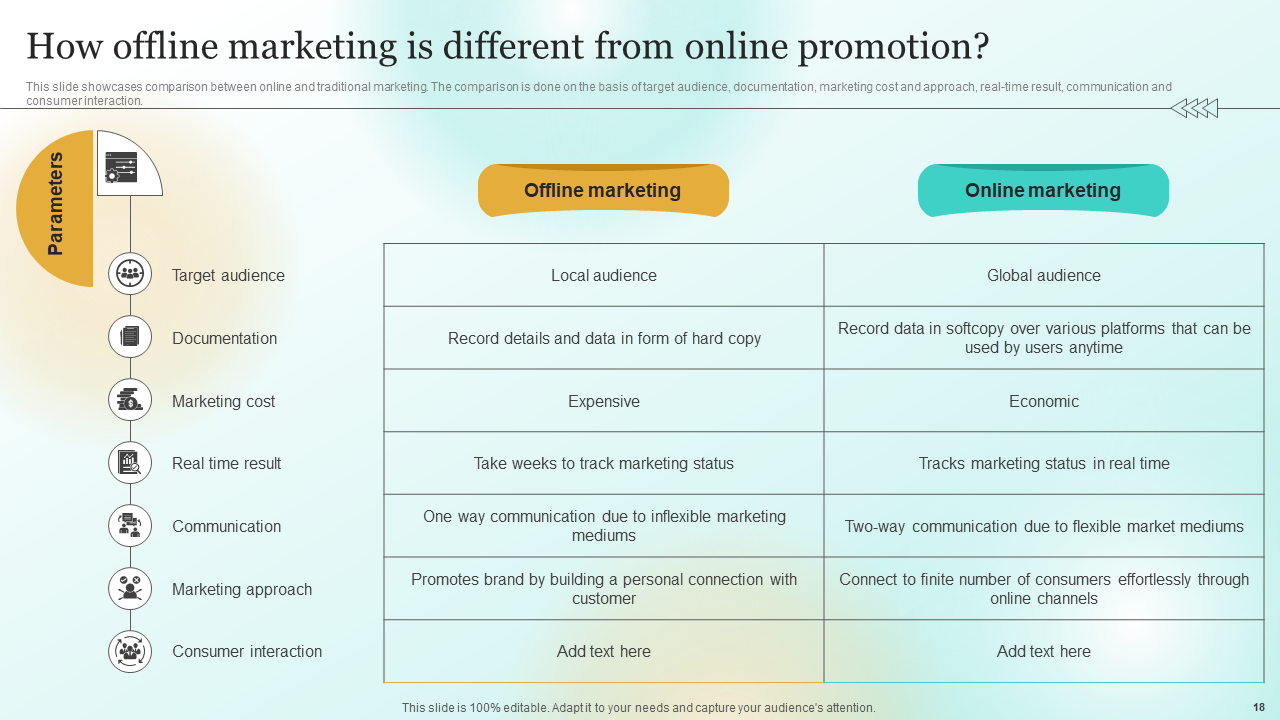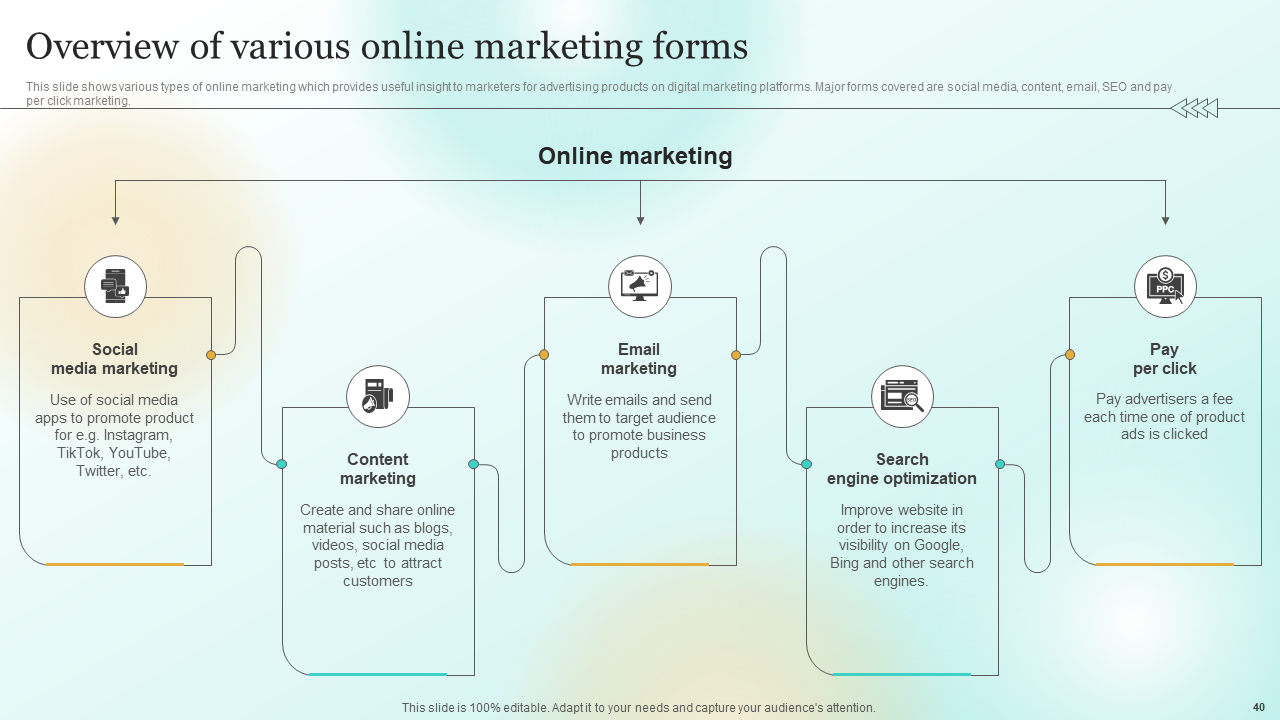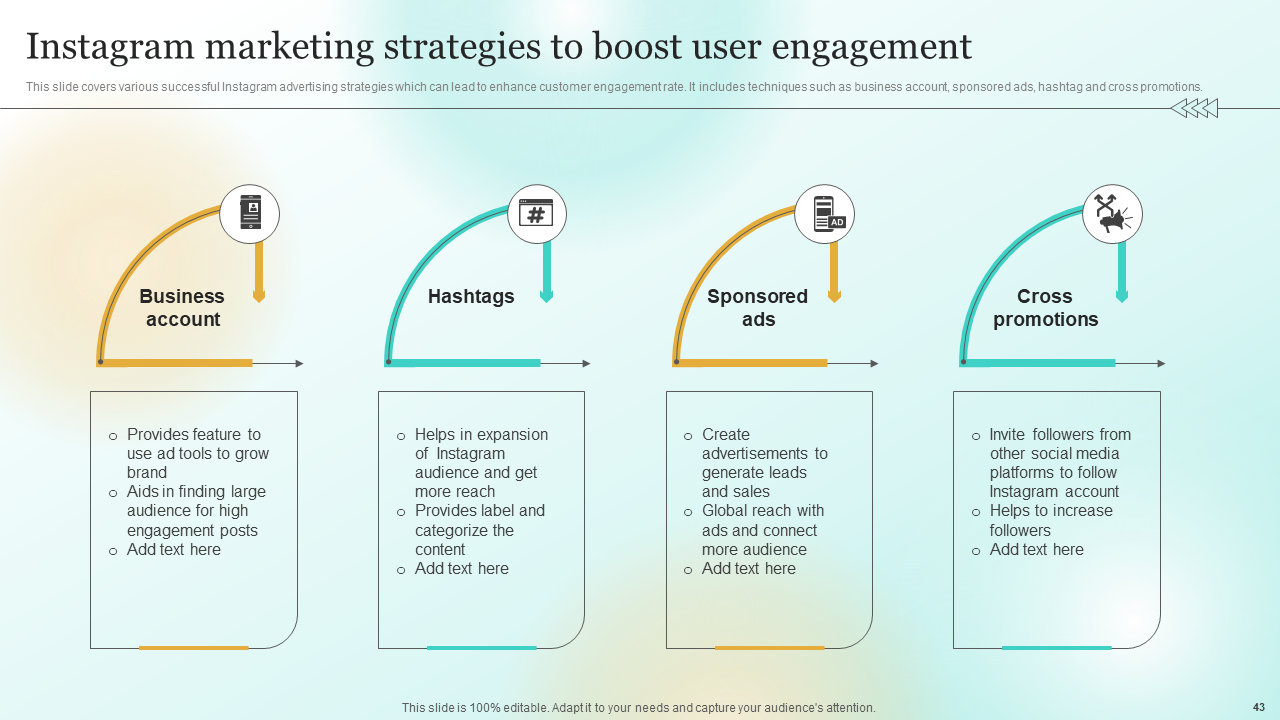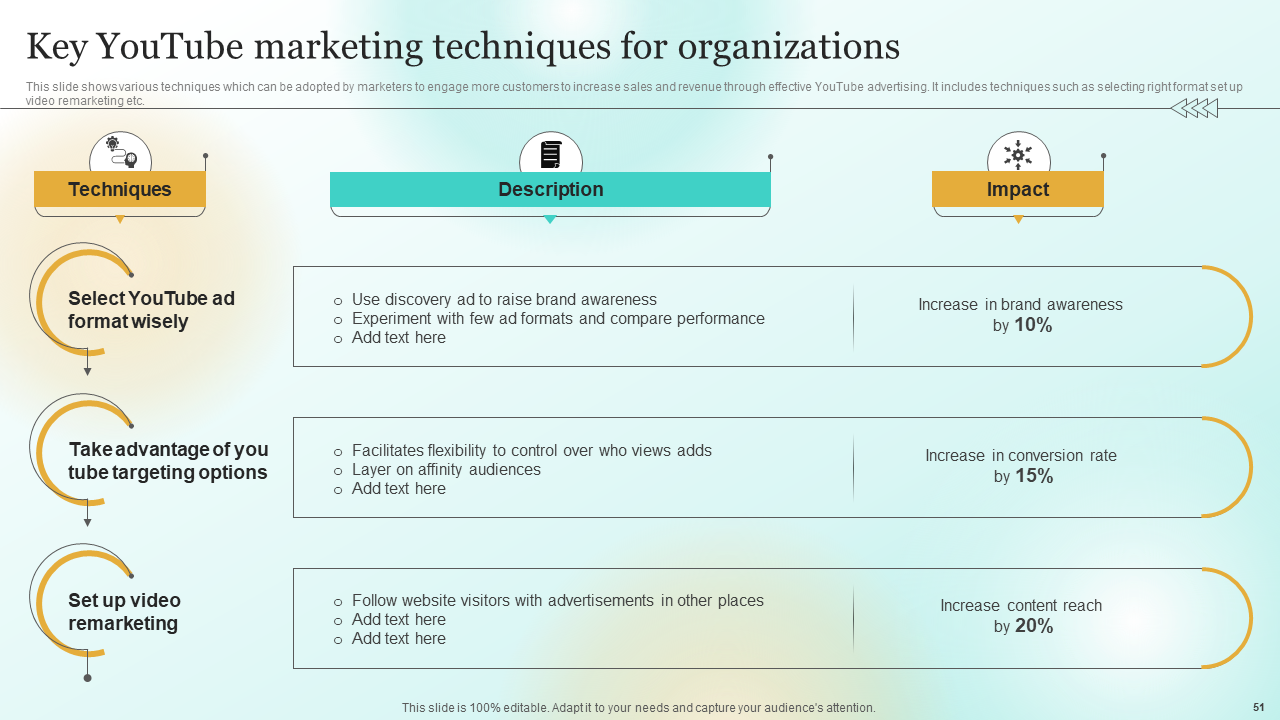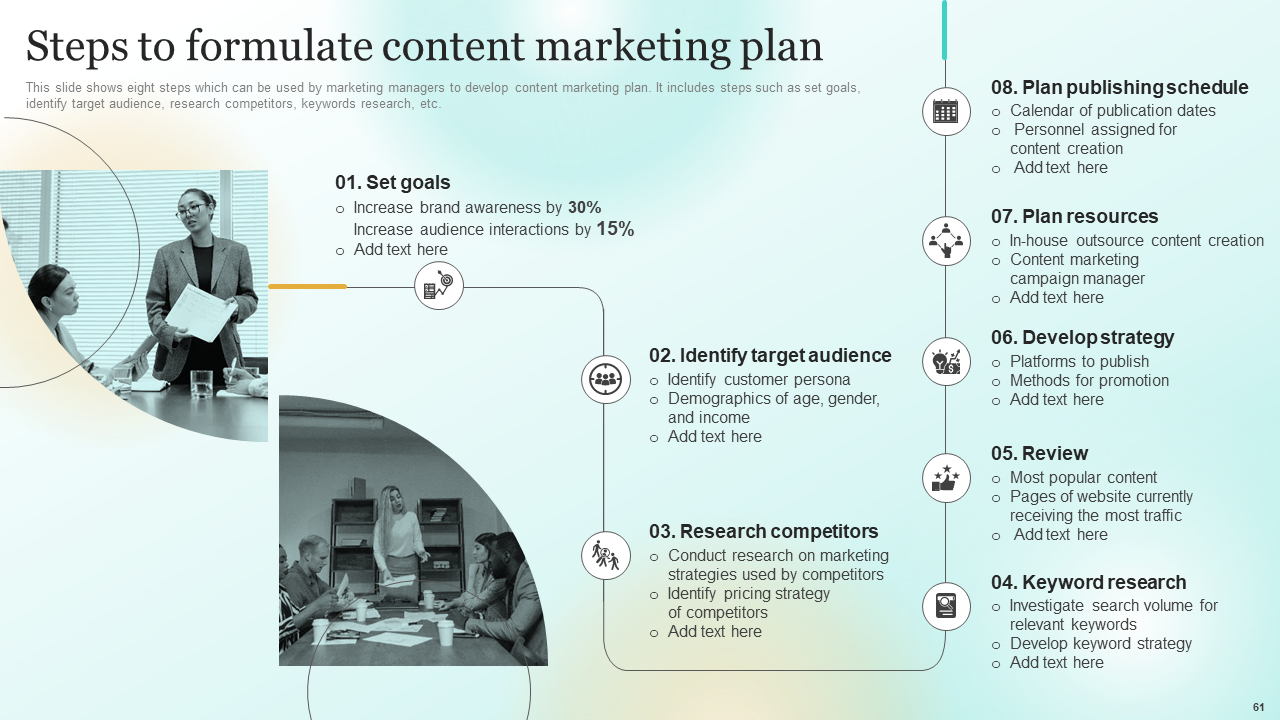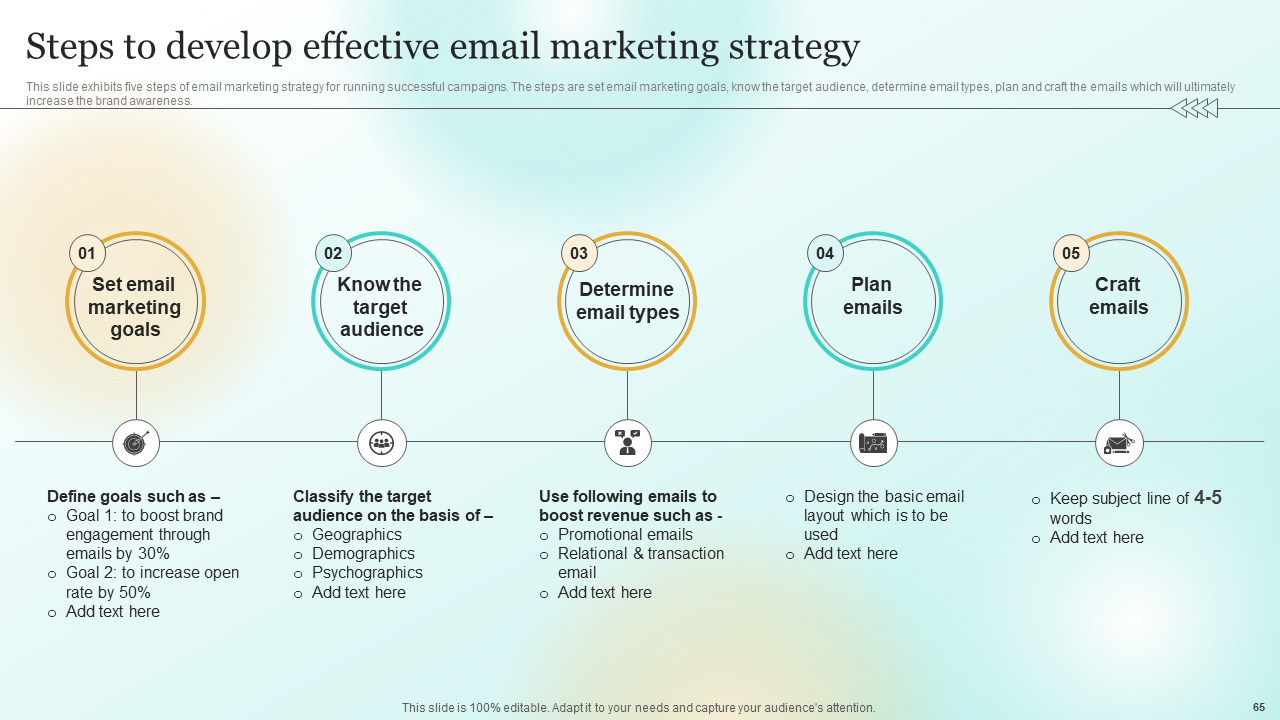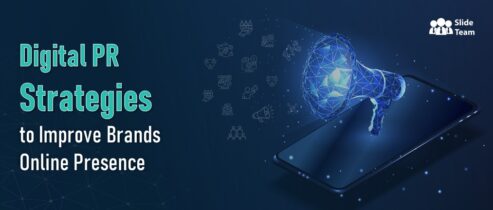To stand out and attract an audience in today's world of fierce competition, it is a difficult undertaking. However, this coincides with the arrival of online marketing, which has altered the nature of the advertisement. You can take advantage of the shifting tides of time and ride the waves of success by utilizing the power of Marketing plan. Allow me to show you.
Marketing Plan: Map for the Treasure Hunt
The best way to explain a marketing plan is as a road map for advertising and measures to achieve certain business goals, such as increasing brand awareness, expanding client base, and establishing brand credibility. It entails methods for effectively marketing products both offline and online.
A marketing strategy will significantly improve the performance of your business. It gives you a clear course to follow. Your marketing team will have a plan to follow. Production rises, and wasted effort falls when everyone is focused on the same goals.
You'll be able to pinpoint your target audience and choose how to best interact with them. A marketing plan also helps with effective resource allocation, budgeting, and a strategy-focused approach. By analyzing your competitors and making plans for how to outperform them, you can get a competitive edge. Marketing planning will assist you in identifying new growth opportunities that will set your business apart from the competition.
“Plans are nothing; planning is everything.” ― Dwight D. Eisenhower, former U.S. President.
Finally, Specific objectives and indicators are included in a marketing plan so you can track your progress. By acquiring and evaluating information, you can boost performance, modify your strategies, and confidently reach decisions.
Now I know this sounds like a lot of work, but worry not, this PowerPoint presentation, which is 100% editable and well-researched, will lay out the steps clearly for you. It will help you and your marketing team realize the importance of having a solid marketing plan. It emphasizes the value of strategic marketing planning and how this can impact business performance.
Additionally, it shows slides that will help you comprehend the differences between offline and online marketing as well as how to sell your items online to attract more users. It also outlines marketing plans designed specifically for various social media platforms.
I have also included a Free PPT & Free PDF to help you kick-start your journey!
Template: Steps to Formulate Business Marketing Plan
This slide shows the five stages process which can be used by organizations to develop strategic marketing plans.
It includes various steps such as:
- Market analysis: Research rivals thoroughly and conduct a SWOT study (which stands for Strength, Weakness, Opportunity, and Threat) on your competitors. This will help you to decide what your target market is.
- Set goals: Developing a plan will enable you to see the big picture more clearly. It will assist you in boosting website traffic, sales, and brand recognition.
- Outline: Create a plan for your marketing initiatives. Develop a social media marketing strategy and choose the online and offline platforms for product promotion.
- Develop a budget: Create annual, quarterly, and monthly budgets, as well as budgets for specific marketing efforts to keep you on target.
- Evaluate: Utilize key performance indicators to evaluate the effectiveness of the marketing plan. This will enable you to pinpoint areas for improvement and take the appropriate actions.
Planning is necessary. These tactics will assist you in maintaining the direction of your business and will highlight any areas that want improvement.
Template: Marketing Mix for Better Product Understanding
This slide displays the marketing mix, which can help organizations with planning, developing, and executing effective marketing strategies. It includes 7Ps which are:
- Place: Decide where you want to display your merchandise. You can do it through the wholesale, online, or retail markets.
- Price: Good pricing is important before any product is launched or established. Develop a value-based pricing plan and a penetration strategy.
- Promotion: Online marketing is, at present the rage. However, offline marketing is still significant since consumers like to interact with products in person. Pick a display strategy for your product, both online and offline.
- People: The people working for your company are very important. To ensure a great experience for your consumers, this requires competent management, committed staff, and exceptional customer service.
- Process: The procedures involved in manufacturing, distributing, and selling must all be considered. To ensure efficiency and efficacy in getting your items to market, streamline these processes.
- Physical evidence: Use user experiences and product demonstrations as verifiable proof of the value and quality of your product. With potential customers, these can aid in establishing credibility and trust.
- Product: By focusing on high quality and affordability and offering a generous guarantee period, such as a one-year warranty, you can make your product stand out from the competition.
You can strengthen your business’s marketing strategies and boost its overall competitiveness in the market by considering these 7Ps of the marketing mix.
Template: Different Types of Marketing Approaches For Business
The process of promoting and selling goods and services is known as marketing. This slide shows two types of marketing, i.e., offline and online marketing which can be used by businesses to promote products.
Offline marketing: Reaching the target audience by using offline media or channels, which include:
- Print marketing: Employing printed materials like newspapers, brochures, and flyers.
- Broadcasting: Utilizing radio or television commercials to reach a large audience.
- Outdoor marketing: This includes billboards, banners, or posters to draw in new customers.
- One-to-one marketing: This means developing personalized marketing strategies that involve direct interactions with clients, such as phone conversations or customized emails.
- Referral marketing: Applying word-of-mouth advertising, referral marketing includes motivating current clients to recommend your products to their contacts.
Online marketing: Reaching the target audience by using online media or channels, which include:
- Social media marketing: This includes social media platforms that can increase brand recognition and engage customers through content and advertisements.
- Content marketing: This includes blog posts, videos, and infographics to engage and keep clients.
- Email marketing: It is the practice of using email campaigns to reach out to clients directly and distribute marketing materials like newsletters or updates.
- Search engine optimization: It is the process of improving a website's metadata, structure, and organic search engine ranks.
- Pay per click: This includes running online advertisements where companies are charged for each click on their ads, which are often displayed on search engines or other websites.
Businesses can successfully reach their target audience and raise brand awareness by utilizing both offline and online marketing strategies.
Template: How Offline Marketing is Different from Online Promotion?
This slide showcases a comparison between online marketing and traditional offline marketing. The comparison is done based on:
- Target audience: In the case of offline marketing local audience can be reached through conventional media outlets like print, radio, television, or direct mail. Whereas in the case of online marketing global audience can be reached via social media or websites.
- Documentation: Online marketing relies on digital documents and software, which make it conveniently accessible anytime, anywhere, as opposed to offline marketing, which depends on physical material.
- Marketing cost: Online marketing is cost-effective since it is more technologically advanced and flexible. While the costs associated with offline marketing—such as production and distribution—are often higher.
- Real-time result: Online marketing offers real-time tracking and analytics, allowing for fast evaluation of marketing campaigns and altering methods as needed. Results are not immediately measurable and may take weeks to examine in offline marketing.
- Communication: Online advertising promotes consumer interactions by enabling interactive two-way interaction with the target audience, whereas in offline marketing serves as a one-way channel to interact with the target audience.
- Marketing approach: Offline marketing allows to build of personal connections with customers, whereas online marketing connects to customers via online channels.
- Consumer interaction: Offline marketing allows limited communication with customers, whereas in case of online marketing enables direct communication via social media, online help, live chats, and interactive content.
You can evaluate the benefits and drawbacks of both online and offline marketing tactics, which will help you to make educated judgments when it comes to marketing your business.
Template: Overview of Various Online Marketing Forms
This slide describes various types of online marketing, which will provide you with useful insight for advertising products on digital marketing platforms. The major forms covered are:
- Social media marketing: Use social media apps to promote your product to a vast audience, for example, Instagram, TikTok, YouTube, Twitter, etc.
- Content marketing: Create and share online material such as blogs, videos, and social media posts to boost customer engagement and profits.
- Email marketing: Create emails and deliver them to your target market to advertise your products or services. Additionally, you'll be able to connect to your audience on a more personal level.
- Search engine optimization: For your product to appear at the top of a customer's search results when they try to buy something, you need to make it more visible on Google, Bing, and other search engines.
- Pay per click: Each time one of the product ads is clicked, pay the marketers a fee. These advertisements, which can be displayed on different websites, can also serve as subtle promotions for your goods.
Businesses can successfully connect with their target audience, increase brand visibility, and encourage customer involvement by utilizing these online marketing methods.
Template: Instagram Marketing Strategies to Boost User Engagement
This slide displays various successful Instagram advertising strategies which can lead to enhanced customer engagement rates. It includes techniques such as:
- Business account: Creating a business account will provide you access to Instagram's advertising tools, which will help you expand your brand and reach a wider audience for better engagement with your posts.
- Hashtags: Use relevant hashtags to grow your Instagram following. With these, you can reach more people and categorize your post for easier discovery.
- Sponsored ads: Create tailored advertisements to generate leads and sales. You can have a global reach allowing you to connect with more audiences.
- Cross promotions: To grow your Instagram following and reach, invite followers from other social media platforms to follow and interact with your Business Instagram account, which Helps in increasing followers.
These strategies will successfully enhance customer engagement and boost your brand awareness on Instagram.
Template: Tactics to Create an Effective TikTok Marketing Strategy
This slide represents the techniques to be used by marketers to develop a successful strategy to promote the company’s brand, products, and services on TikTok. It includes:
- Define target audience: Determine TikTok target audience based on characteristics like age, income level, and interests. This helps in creating campaigns that appeal to the target demographic.
- Perform competitive audit: Analyze rivals of your brand that are significant on TikTok in-depth. Perform a SWOT analysis which will help to determine their strengths and weaknesses. To increase your visibility and reach, collaborate with influencers and celebrities.
- Set goals: Set quantifiable targets that are in line with your overall company goals, for example, the number of new customers by the end of the quarter and enhanced customer engagement rate.
- Track progress: Keep track and evaluate the success of the strategies you've put in place on TikTok. This will help you to analyze which strategies are working and which need improvement.
Use these TikTok strategies and successfully advertise your company’s goods and services, as well as accomplish your corporate goals.
Template: Key YouTube Marketing Techniques for Organizations
This slide presents various techniques which can be used by marketers to engage more customers to through effective YouTube advertising. It includes techniques such as:
- Select YouTube ad format wisely: Select the ad format that best serves your advertising objectives. Consider using Discovery advertisements to increase brand recognition. The target market becomes more aware of the brand thanks to this strategy.
- Take advantage of YouTube targeting options: Manage who sees your advertisements. To target specific consumers based on their hobbies and habits, add affinity audiences. This tactic improves targeting audience and increases the chance of conversion rates.
- Set up video remarketing: Use video remarketing to advertise to website visitors in other online locations. You can expand the audience for your content and strengthen your brand messaging by retargeting website visitors who have previously expressed interest in it.
Businesses can successfully attract more customers with YouTube advertising by using these strategies.
Template: Steps to Formulate a Content Marketing Plan
This slide shows eight steps that can be used by marketing managers to develop a content marketing plan. It includes:
- Set goals: Clearly state your main goals for the content marketing strategy, such as boosting audience engagement and raising brand exposure.
- Identify target audience: To better understand the target audience, identify the consumer persona and pick up demographic data, such as age, gender, and income.
- Research competitors: To gain a competitive edge, investigate the marketing tactics used by rivals and examine their pricing practices.
- Plan publishing schedule: Create a calendar listing the days for content publication, and designate the people in charge of content creation.
- Plan resources: Choose whether to handle content development internally or externally, and appoint a content management and advertising manager to supervise the process.
- Develop a strategy: Decide which platforms to publish your material on and how you'll effectively promote and distribute it.
- Review: Continually assess the effectiveness of your advertisements, pinpoint the most well-liked content, and assess the most popular websites.
- Keyword research: Do keyword research to identify the volume of searches for relevant terms and create an approach to keywords that will enhance the visibility of your content.
Marketing managers can use these steps to create a thorough content marketing strategy that will boost your customers.
Template: Steps to Develop an Effective Email Marketing Strategy
This slide exhibits five steps of email marketing strategy for running successful campaigns. The steps are:
- Set email marketing goals: Define your goals. For example, your goals can be to boost brand engagement through emails and to increase the open rate.
- Know the target audience: Effective email design requires knowing your audience. Create segments and categories for your target audience based on factors like geography, age, gender, and psychographics (such as interests and habits).
- Determine email types: Use a variety of emails to increase sales, such as relational emails for customer relationship building, transactional emails for confirmation of orders and updates, and promotional emails for deals and discounts.
- Plan emails: Create a simple email style or template that complements the visual identity of your company. Consistency in design also aids in building brand recognition.
- Craft emails: Carefully consider the subject line and attempt to keep it short. Email recipients are more likely to open and interact with a message if the subject line is intriguing.
Following these guidelines will help businesses create an email marketing strategy that will successfully targets the intended audience.
SUMMARY:
It's a wrap! Let's use effective marketing techniques to improve the performance of your company. First, understand your audience and take a cue from rivals. Set objectives-compatible goals. Use social media to your advantage, produce eye-catching material, and interact with your followers on websites like Instagram, YouTube, and TikTok. Create compelling social networking posts with content marketing. For efficient email marketing, personalize your emails. Select the appropriate platforms for your online advertising, and try out various ad formats. Utilize exact demographics and interests to target your audience. Analyze measurements and progress, then alter strategy as necessary. Remember! Do not underestimate the value of planning, scheduling, conducting keyword research, and monitoring website traffic and popular content. Always remember to adjust the plan according to your business needs. Good luck!
For more information or customization, visit us at SlideTeam or call us at +1-408-659-4170.
Frequently Asked Questions:
Q: How can I determine the target audience for my marketing campaigns?
A: Consider their demographics, such as age, gender, and income, to determine who your target audience is. Analyze their psychographics, actions, and interests as well. You can effectively customize your advertising strategies with the use of this information.
Q: What are some effective online marketing strategies?
A: Online marketing offers a variety of methods, such as pay-per-click (PPC) advertising, social media marketing, content marketing, email marketing, and search engine optimization (SEO). Each approach can be used to connect with and reach a larger audience and has its own advantages.
Q: How can I measure the success of my marketing efforts?
A: To evaluate the performance of a marketing campaign, it is crucial to track and analyze critical metrics. Utilize analytics software to track user engagement, website traffic, conversion rates, and return on investment. Review the effectiveness of your strategies frequently, and adapt as needed for optimum results.
Q: What are the benefits of collaborating with influencers for marketing campaigns?
A: You can benefit from their established following and credibility by working with influencers. Influencers can increase the appeal of your business, raise brand awareness, and encourage genuine interaction with their followers.
Q: How important are content planning and scheduling in marketing?
A: For constant and successful marketing, content preparation and scheduling are essential. You can guarantee consistent and timely content distribution by creating a content plan and schedule. This supports campaign objectives, sustains audience interest, and improves overall brand messaging.





 Customer Reviews
Customer Reviews

